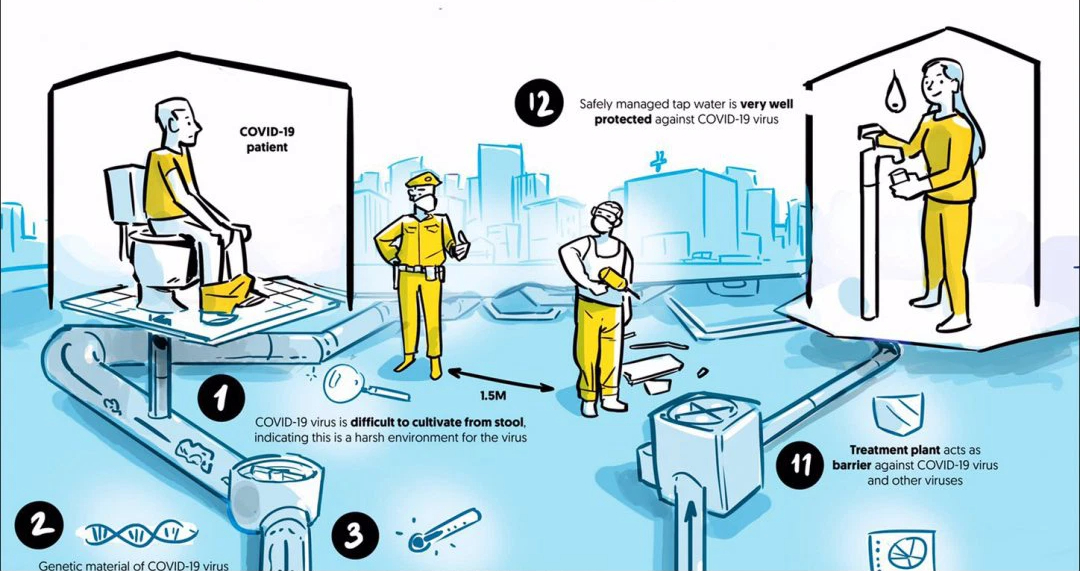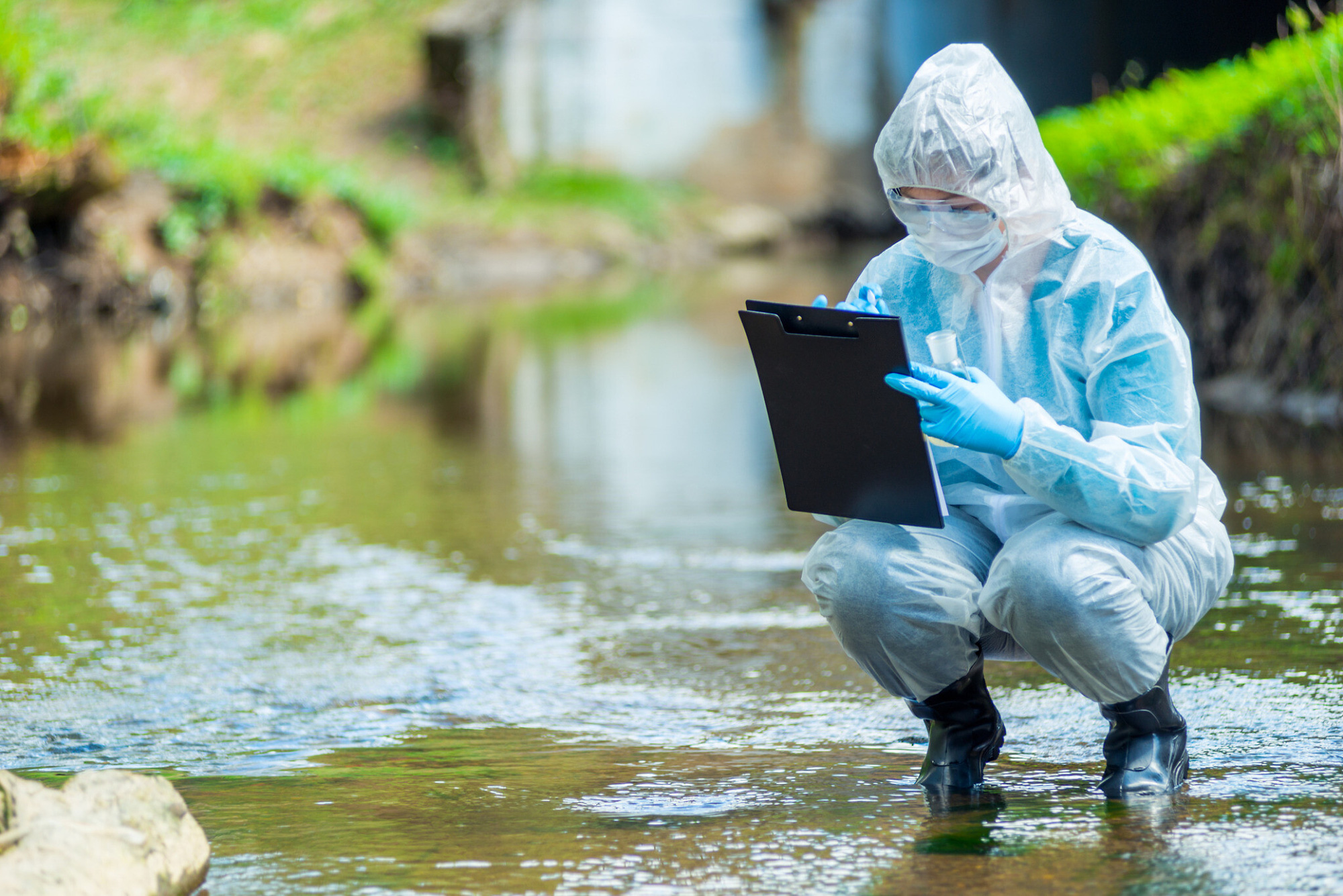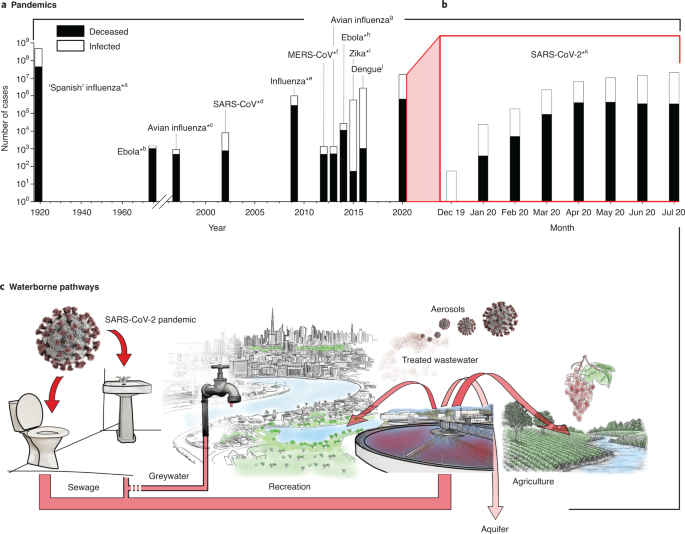Your poop doesn’t lie. Based on a single principle: What goes into your body inevitably has to go out. That’s why doctors can use stool and also urine to do some health assessment tests.
Now, thanks to advances in genome sequencing, researchers can even decode whatever’s in your waste. It allows them to identify the presence of agents such as drugs, salmonella and even COVID-19 in real time.

This process is known as wastewater surveillance, also known as wastewater-based epidemiology. During the 2003 SARS and now COVID-19 pandemic, wastewater monitoring has proven to be an effective method for detecting community spread of the virus.
The advantage of this method over other types of testing, especially in Western countries, is that it is very difficult for you to ask an entire neighborhood or an entire apartment building to line up for PCR testing. But in the end, who doesn’t have to pee or defecate.
So, by analyzing a wastewater sample of a building or area, epidemiologists and health policymakers can see if COVID-19 or another disease is emerging in that area. are not.
“The effectiveness of wastewater monitoring comes from the fact that almost everything you eat – from viruses, bacteria, to everything in your body – is excreted in your urine and feces.“, said Newsha Ghaeli, president and co-founder of Biobot Analytics, a public health research and data analytics company spun out of the Massachusetts Institute of Technology (MIT).
“Every time you use the toilet, you’re actually flushing your body’s germ information down the toilet. All that information is collected in the city’s sewer system and aggregated at the community wastewater treatment plant. So wastewater epidemiology means an activity that harnesses that resource to understand and map the health of a large population.”

In fact, wastewater monitoring has a history of development over decades. In 2003, a team of Chinese scientists identified the SARS virus in the sewage of an apartment complex in Hong Kong. They even said the virus had spread in the apartment complex by plumbing.
In 2013, researchers in Israel really succeeded in detecting and isolating the polio virus in wastewater in this country.
During the COVID-19 pandemic, a study in northern Italy found the virus in wastewater before the pandemic broke out. The Omicron variant was also discovered for the first time in the United States also thanks to wastewater monitoring.
Wastewater monitoring data has provided the information needed for health authorities to make their decisions, one step ahead of the virus’s contagion wave.
For example, after the Omicron variant was found in wastewater in Boston, the director of this city’s children’s hospital immediately tightened control procedures, limiting patients not requiring emergency care and only rescheduling emergency services. appointment after the virus data in Boston wastewater cooled down.

“When it comes to pandemics like COVID-19 or other infectious diseases, wastewater becomes a very powerful complement to other forms of epidemiological surveillance, because we can fill space where other data types can be missing“, said Ghaeli.
“In addition to COVID-19 and its variants, at Biobot we analyzed data on influenza viruses in wastewater. We were also able to look at the consumption of high-risk narcotics from fentanyl, one of the leading causes of overdose, down to nicotine.”
Biobot says the applications for wastewater monitoring are endless, including monitoring for infectious disease and antibiotic resistance. Currently, they have coordinated with the Department of Health and Human Services, the US Centers for Disease Control and Prevention (CDC) to test 300 wastewater monitoring sites in the US, collecting information on 100 million people, or 30% of the population of the United States.
Outside the United States, other wastewater pathogen surveillance programs are underway in more than 60 other countries around the world. Of course, there are still difficulties in areas where there are no standard wastewater collection systems.
“The current version of our technology relies on the infrastructure of the drainage system, so in areas where septic tanks are used the approach will have to change.” Ghaeli said.
“However, we have also done some research at MIT, to now analyze wastewater samples collected from the open sewer system in Nepal. Obviously, wastewater monitoring doesn’t just stop at collecting wastewater, but it also takes into account street runoff, rainwater, and everything else. Different systems will need different approaches, but I think that’s definitely a surmountable challenge.”
If wastewater monitoring is recognized as part of the global public health infrastructure, scientists say, humans will be able to predict future outbreaks of disease early, to prevent future outbreaks of diseases, scientists say. stop them before they explode and get out of control.
Refer to Vox
